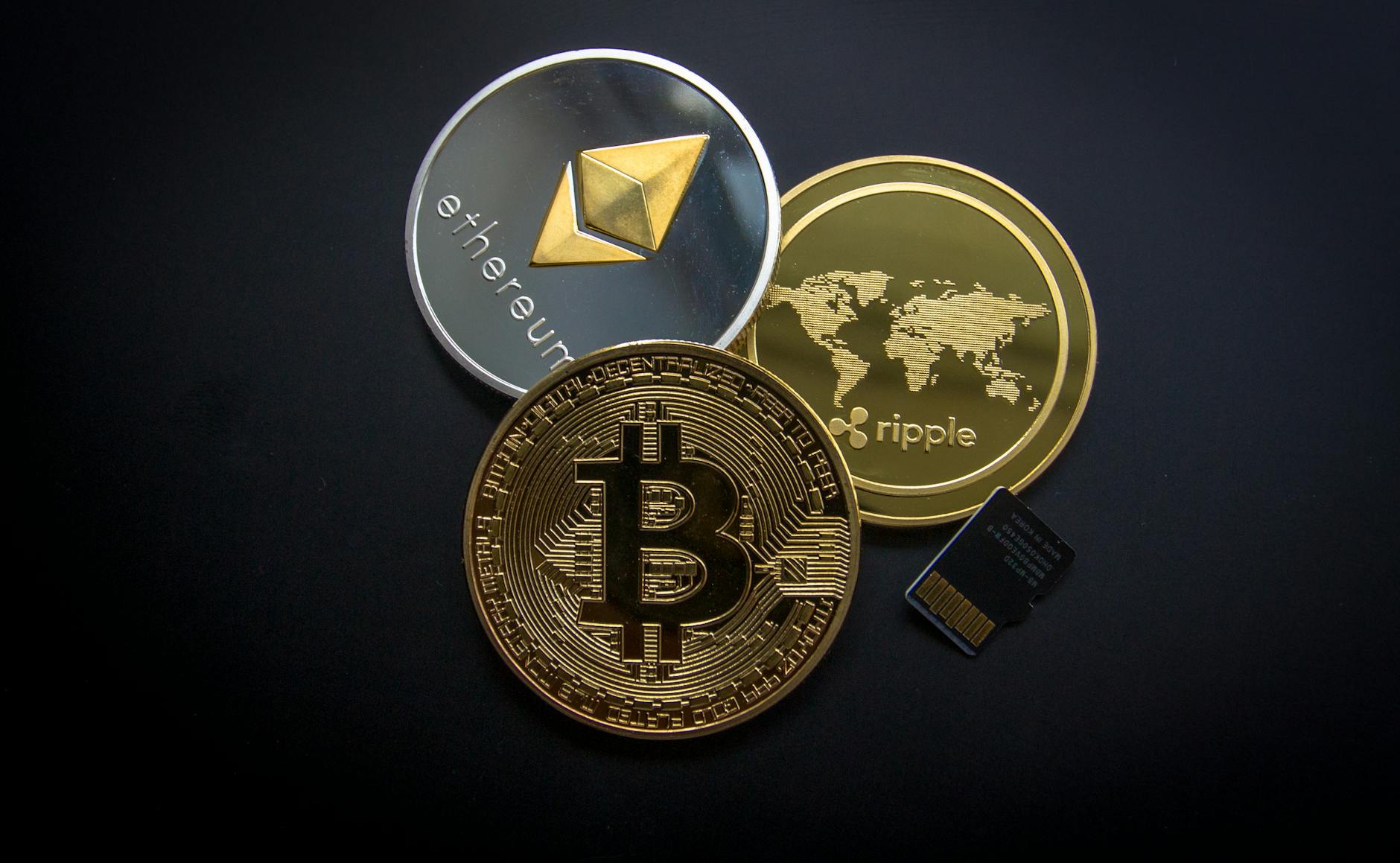What is Cryptocurrency
A new word emerged in our lives two months after the beginning of the recession of 2008 and gradually transformed from a vague expression ("virtual coin") to the vocabulary used to characterize the new economy. On June 9, 2009 the first bitcoin was released by an anonymous person called Satoshi Nakamoto. For different reasons like the sub-prime crisis, Nakamoto, claimed he is a Japanese man in his 30's, said he gave the open protocol in 2007.
Today the new coin is called a "Digital Asset" and decentralization is the principal idea behind it: there's no main institution responsible for regulating it. The most familiar and traded form of Blockchain's technology, Bitcoin, who has crossed the $15,000 lines way back and has shows an image of exponential increase in the past few months.
The great advantage of blockchain technology is that it doesn't have to keep records for a large central computer or big managing company. With this technology, for example, the relevant information on a deal is encoded in a specific line. The following deal is coded into one block and creates a block chain – hence the blockchain name.
These blocks are made so that it is very difficult to break into them. A peer chain, P2P, is responsible for block creation and approval of all new blocks. This technology is almost impenetrable because of the combination of unique cryptographic safety and the human chain.
Each Member of the Bitcoin network helps to calculate and encrypt a part of its computer's power, which is added to the overall effort of the members of the network. The relevant data is encrypted into a block (whether a virtual coin, shipping document, a medical file or any other data).
More and more blocks are being collected over time, all of which prevent each other from being broken into. The longer the chain is, the more it is shielded. All the pairs in the platform record each deal or a value exchange among peers and this is the confidence that generates the necessary trust – a trust which is created by a trustworthy third factor, the bank, usually.
This enables a decentralized and non-central democratic network. The responsibilities and powers of the network members are also divided. The economic Blockchain Bitcoin model means everybody could join the party. Bitcoin based No bank in chain determines whether you are eligible to open an account: the central entity is irrelevant.
How will it change the world ?
There is a very simple question of how banks and powerful countries are affected by this piece of technology?
“The first thing to happen, already in the coming years, is that banks will open their own internal Blockchain networks”, predicts futurist Dr. Roey Tzezana
Since Blockchain technology is at its very beginning it seems too early to predict, but there are already people believing this is the guaranteed path to a dramatic change.
Positive Effects of Cryptocurrency
The Blockchain technology allows a shared digital transaction leader to be established. Researchers believe that at least, blockchain offers financial institutions the opportunity to reduce costs by simplifying back office operations; cutting clearance and settlement times; making payments easier; and even generating new revenue streams.
For many services such as bank transfers, commercial finance, money transfer and post-trade services, Blockchain is available. Blockchain A standardized view of transaction data in real time would remove many of the inefficiencies, preventing the financial system, without having to conduct many reconciliations and would significantly reduce costs.
Some market participants challenge the advantage of blockchain, arguing that the technology was developed ten years ago and that it has not significantly disrupted the financial system.
That said, lots of people showcase that smaller and more innovative market shareholders could have more opportunities because of this technology and the growth of other peer-to - peer services to challenge existing product offerings by established bank groups.

Comments
Post a Comment